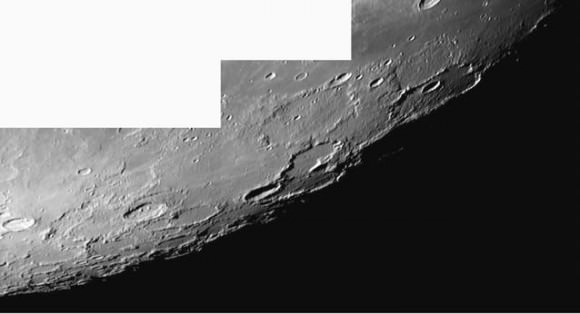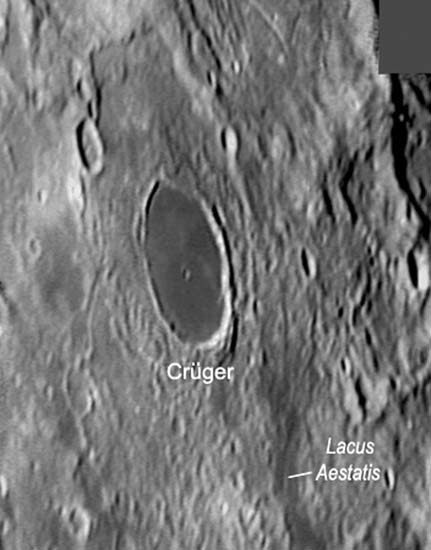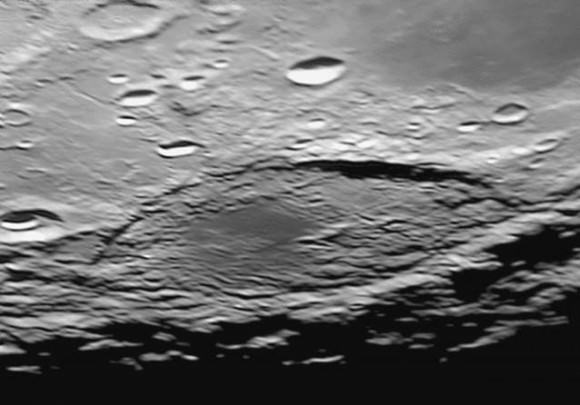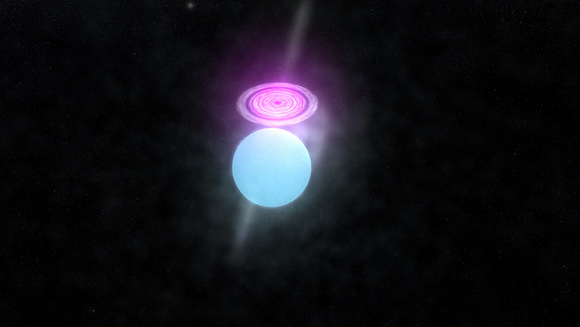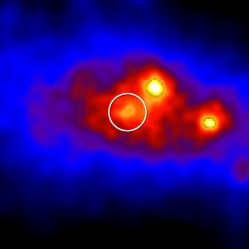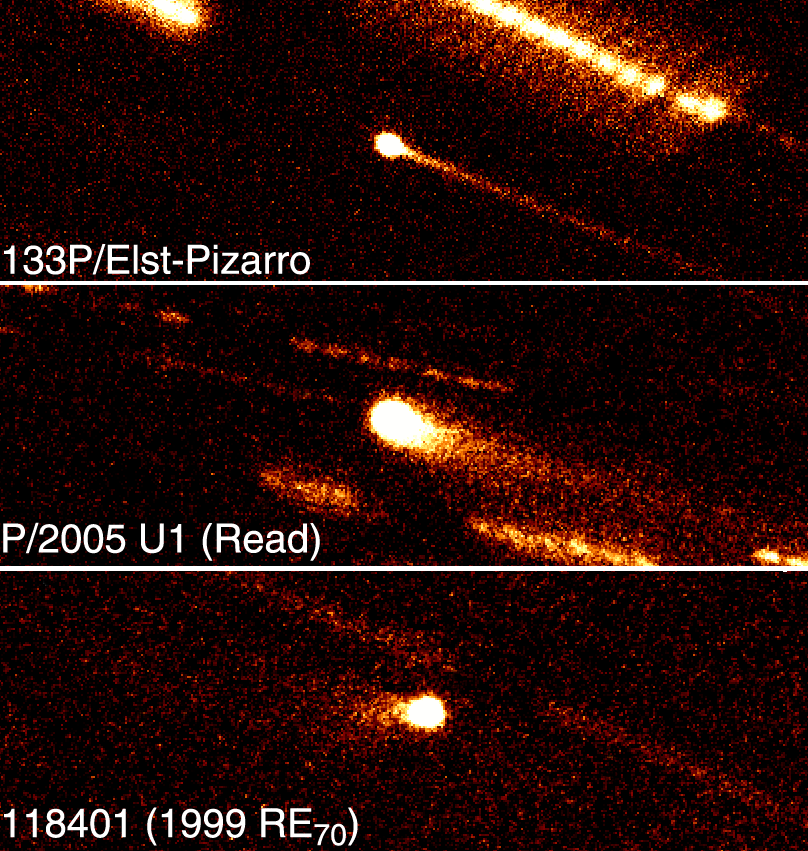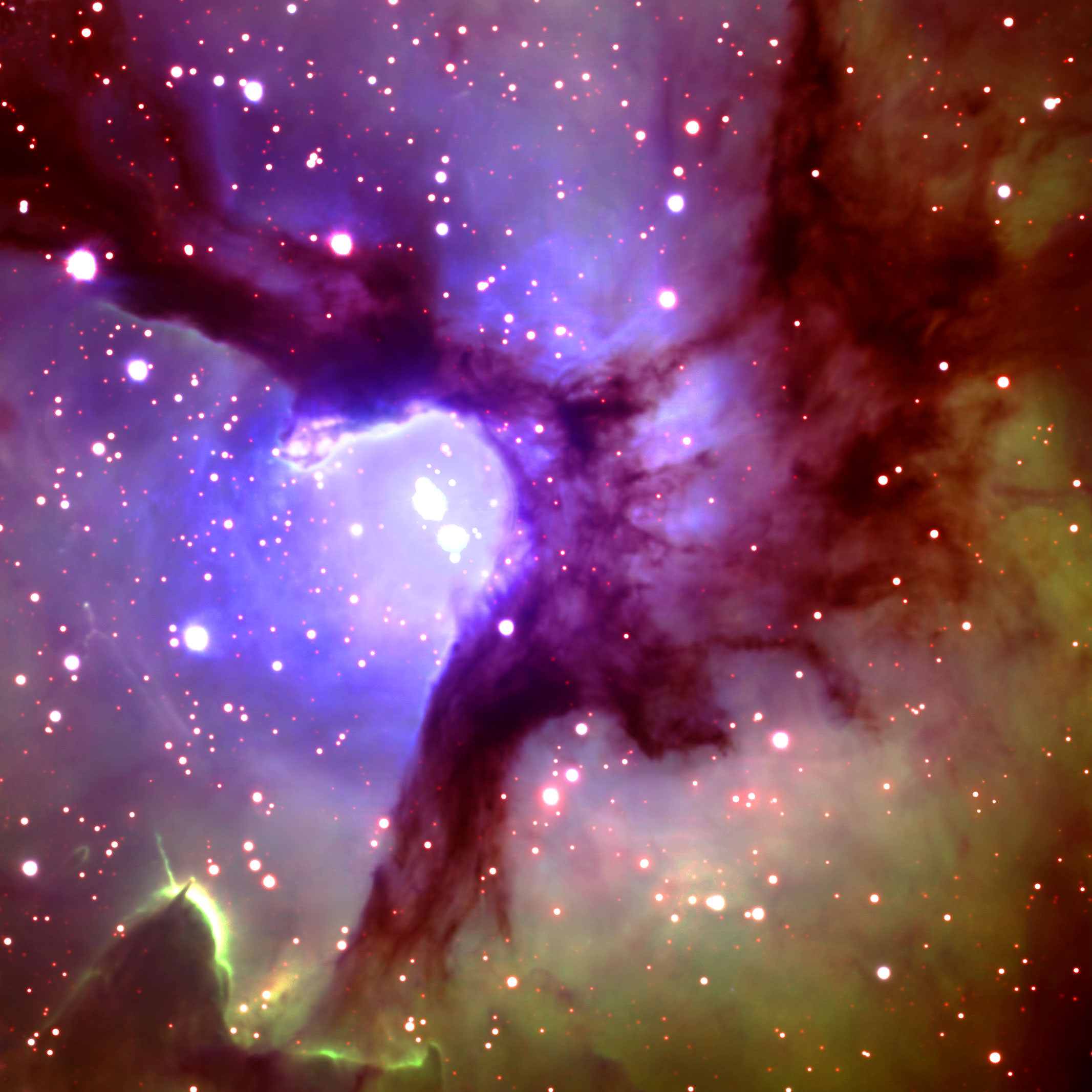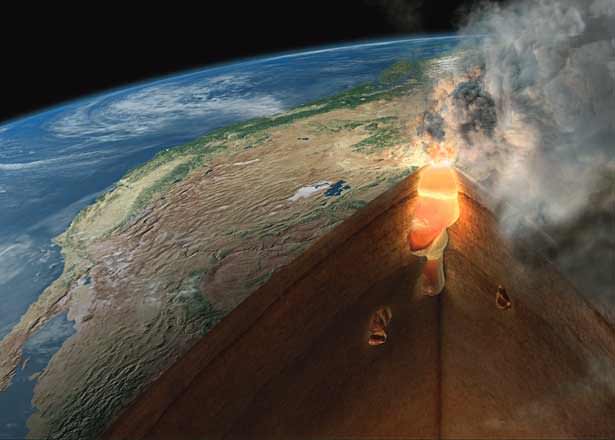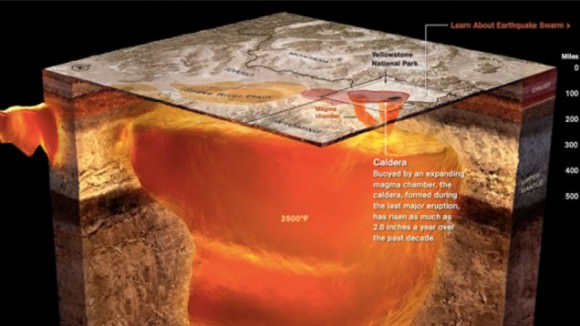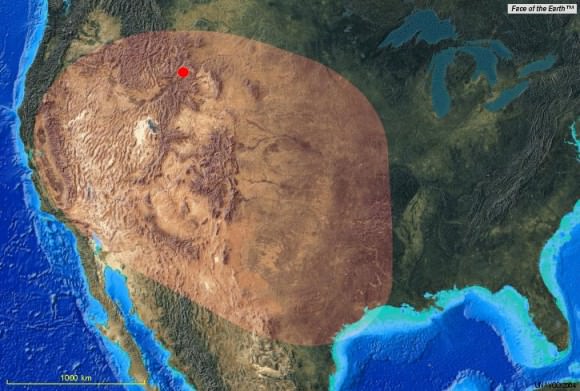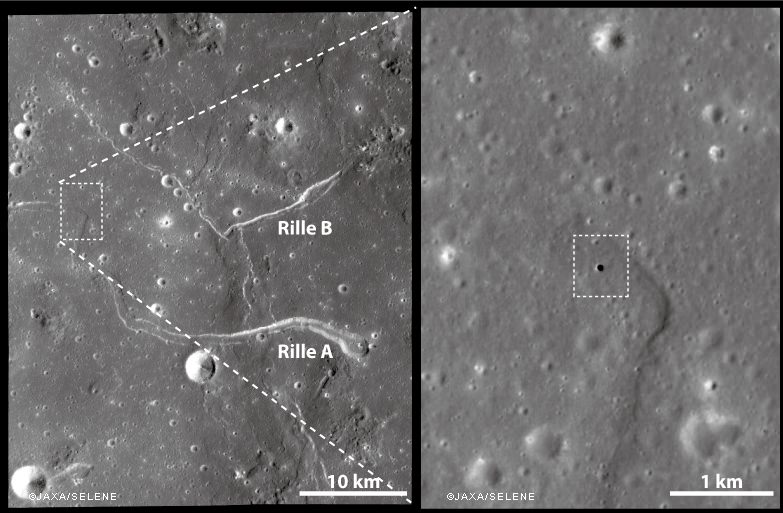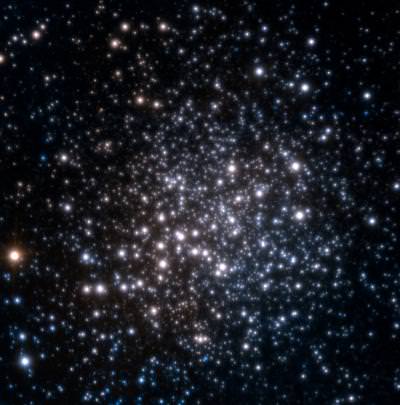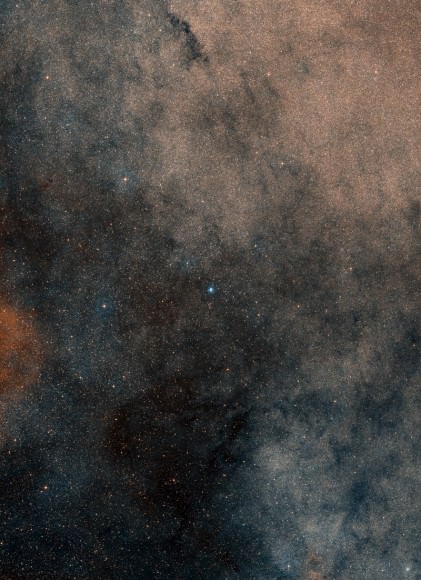Greetings, fellow SkyWatchers! Are you ready for what’s hot and what’s not this weekend? Then start by taking a look at Anders Celsius and then journey to some challenging lunar features! Evolve your selenographic knowledge by locating Darwin and double your vision with binary stars. Monkey around? You bet! But only if it’s with a star with unusual spectral qualities that you can see! Whenever you’re ready, I’ll see you in the dark…
 Friday, November 27, 2009 – Today is the birthday of Anders Celsius, born in 1701. Although you might easily recognize the name Celsius in connection with temperature, you might not know about the contributions Anders made to astronomy some three centuries ago. Born to a Swedish family of mathematicians and astronomers, one of his first achievements came when he participated in an effort to determine the true shape of Earth. He was also the very first scientist to recognize the connection between magnetism and the aurora. And, by age 39, he had become the director of an observatory. Celsius also developed the first instrument for measuring the brightness of starlight. Ever resourceful, he already possessed tools to measure position and motion but had nothing with which to gauge magnitude. His idea was so simple it was downright elegant: he simply blocked the light with identical glass plates until the star disappeared. The brighter the star, the more plates it took!
Friday, November 27, 2009 – Today is the birthday of Anders Celsius, born in 1701. Although you might easily recognize the name Celsius in connection with temperature, you might not know about the contributions Anders made to astronomy some three centuries ago. Born to a Swedish family of mathematicians and astronomers, one of his first achievements came when he participated in an effort to determine the true shape of Earth. He was also the very first scientist to recognize the connection between magnetism and the aurora. And, by age 39, he had become the director of an observatory. Celsius also developed the first instrument for measuring the brightness of starlight. Ever resourceful, he already possessed tools to measure position and motion but had nothing with which to gauge magnitude. His idea was so simple it was downright elegant: he simply blocked the light with identical glass plates until the star disappeared. The brighter the star, the more plates it took!
Tonight let us go from one extreme to another as we begin on the northernmost limb of the lunar surface. From the northernmost Sinus Roris, look for lens-shaped crater Markov. To Markov’s northeast is a large, flat crater with very few distinguishing characteristics. Its name is Oenopides.
If conditions are stable, look for a gray slash known as Cleostratus on the lunar limb further north of Oenopides. On the southern limb, look for familiar craters Wargentin, Nasmyth, and Phocylides. Even farther south, note the long oval Pingre.
Saturday, November 28, 2009 – On this date in 1659, Christian Huygens was busy at the eyepiece, but he wasn’t studying Saturn. This was the first time any astronomer had seen dark markings on Mars! Why don’t you try your luck at Mars tonight, too? Wait for it to rise well above atmospheric disturbance and power up! It’s too bad it isn’t – or as big (!) as close as the Moon. . .
Tonight the great Grimaldi will again capture the eye, but let’s head southeast for another featureless dark gray oval, Crueger.
Continuing south, the next crater—Darwin—is hard to see because of its rather un-craterlike appearance. Darwin is best caught by focusing on the rima that includes its eastern wall. Look for a Y formation pointing toward Crueger.
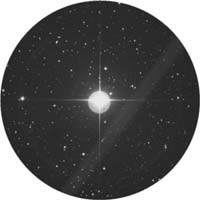 Although skies are bright, we can still see double. Locate 5-magnitude Lambda Arietis (RA 01 57 55 Dec +23 35 45) and its companion. This wide pair is an excellent challenge for binoculars. Both stars are F-spectral types and should appear ivory in color to most observers. Having trouble in binoculars? Try a finderscope of equal power and aperture. To locate Lambda, look a finger-width west-southwest of Hamal, at Alpha Arietis.
Although skies are bright, we can still see double. Locate 5-magnitude Lambda Arietis (RA 01 57 55 Dec +23 35 45) and its companion. This wide pair is an excellent challenge for binoculars. Both stars are F-spectral types and should appear ivory in color to most observers. Having trouble in binoculars? Try a finderscope of equal power and aperture. To locate Lambda, look a finger-width west-southwest of Hamal, at Alpha Arietis.
 Sunday, November 29, 2009 – On this date in 1961 Enos the Chimp was launched into fame! His story is a long and colorful one, but Enos was a true astronaut. Selected to make the first American orbital animal flight only 3 days before the launch, he flew into space on board a Mercury-Atlas 5 and completed his first orbit in just under 90 minutes. Although Enos was scheduled to complete three orbits, he was brought back due to ‘‘attitude difficulties.’’ But whose? Malfunctions caused the chimp to be repeatedly shocked when performing the correct maneuvers, but Enos continued to perform flawlessly and was said to run and jump enthusiastically on board the recovery ship. Although he died a year later from an unrelated disease, Enos the chimp remains one of our most enduring space heroes.
Sunday, November 29, 2009 – On this date in 1961 Enos the Chimp was launched into fame! His story is a long and colorful one, but Enos was a true astronaut. Selected to make the first American orbital animal flight only 3 days before the launch, he flew into space on board a Mercury-Atlas 5 and completed his first orbit in just under 90 minutes. Although Enos was scheduled to complete three orbits, he was brought back due to ‘‘attitude difficulties.’’ But whose? Malfunctions caused the chimp to be repeatedly shocked when performing the correct maneuvers, but Enos continued to perform flawlessly and was said to run and jump enthusiastically on board the recovery ship. Although he died a year later from an unrelated disease, Enos the chimp remains one of our most enduring space heroes.
Tonight, launch your way toward the Moon and see if you can spot crater Riccioli. . . You’ll find it centermost and almost on the limb!
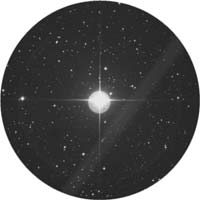 Now that you’ve viewed a challenging crater, would you like to have a look at a challenging double star? All you have to do is locate Theta Aurigae (RA 05 59 43 Dec +37 12 45) on the east side of the pentagonal shape of this constellation. Located about 110 light-years away, 2.7-magnitude Theta is a four star system, whose members range in magnitude from 2.7 to 10.7. Suited even to a small telescope, the brightest member—Theta B—is itself a binary at magnitude 7.2; it was first recorded by Otto Struve in 1871. The pair moves quite slowly and may take as long as 800 years to orbit at their separation of about 110 Astronomical Units (AU). The furthest member of this system was also noted by Struve as far back as 1852, but it is not a true member, with the separation only occurring thanks to Theta’s own proper motion. While you are there, be sure to note Theta’s unusual color. Although it will appear ‘‘white,’’ look closely at the diffraction caused by our own atmosphere, which acts much like a prism. You’ll notice a lot more purple and blue around this star than many others of the same spectral type. Why? Theta is a silicon star!
Now that you’ve viewed a challenging crater, would you like to have a look at a challenging double star? All you have to do is locate Theta Aurigae (RA 05 59 43 Dec +37 12 45) on the east side of the pentagonal shape of this constellation. Located about 110 light-years away, 2.7-magnitude Theta is a four star system, whose members range in magnitude from 2.7 to 10.7. Suited even to a small telescope, the brightest member—Theta B—is itself a binary at magnitude 7.2; it was first recorded by Otto Struve in 1871. The pair moves quite slowly and may take as long as 800 years to orbit at their separation of about 110 Astronomical Units (AU). The furthest member of this system was also noted by Struve as far back as 1852, but it is not a true member, with the separation only occurring thanks to Theta’s own proper motion. While you are there, be sure to note Theta’s unusual color. Although it will appear ‘‘white,’’ look closely at the diffraction caused by our own atmosphere, which acts much like a prism. You’ll notice a lot more purple and blue around this star than many others of the same spectral type. Why? Theta is a silicon star!
Until next week? Ask for the Moon, but keep on reaching for the stars!
This week’s awesome images are (in order of apppearance): Anders Celsius (widely used image), Northwest Limb Mosaic (credit—Alan Chu), Crueger (credit—Alan Chu), Lambda Arietis (credit –Palomar Observatory, courtesy of Caltech), Enos the Chimp (credit–NASA), Riccioli (credit—Alan Chu) and Theta Aurigae (credit—Palomar Observatory, courtesy of Caltech). We thank you so much!


